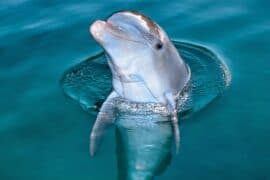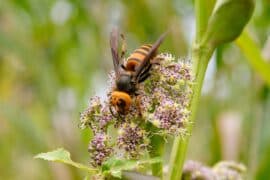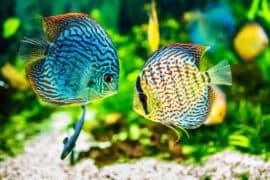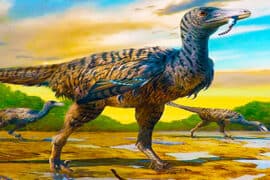Coelopa frigida
(Coelopa frigida)
Description
Coelopa frigida is a species of seaweed fly or kelp fly. It is the most widely distributed species of seaweed fly. It can be found on most shorelines in the temperate Northern Hemisphere. Other species of seaweed flies include Coelopa pilipes. The fly has a grayish black body and yellow-brown legs. The fly oviposits in dead kelp that washes up on beaches. This is the only place it lays eggs, and it can do so on many species of kelp and seaweed, including species of Laminaria and Fucus. A female fly lays up to five clutches of 80 eggs each. The larvae feed upon the bacteria coating the dead kelp. The life cycle is about 11 or 12 days long. "Blooms" of the flies occur at times, possibly when temperatures and amounts of kelp increase. This fly is sometimes cultured in the laboratory. Its behavior is studied in an effort to understand sexual selection, especially the topic of female choice. Studies suggest that female flies of this species prefer larger males to smaller. The species engages in sexual conflict. Females perform rejection behaviors when mounted by males, and may mate with larger males because larger males are better able to force the mating. As females are more likely to successfully reject smaller males, sexual selection favors larger ones. Mating behaviors are genetically influenced, as evidenced by a preference for smaller males among females of a certain genotype. This fly is host to the mite Thinoseius fucicola. It provides food for seabirds such as the purple sandpiper (Calidris maritima). It competes with another seaweed fly, C. pilipes, for resources.
Taxonomic tree:







